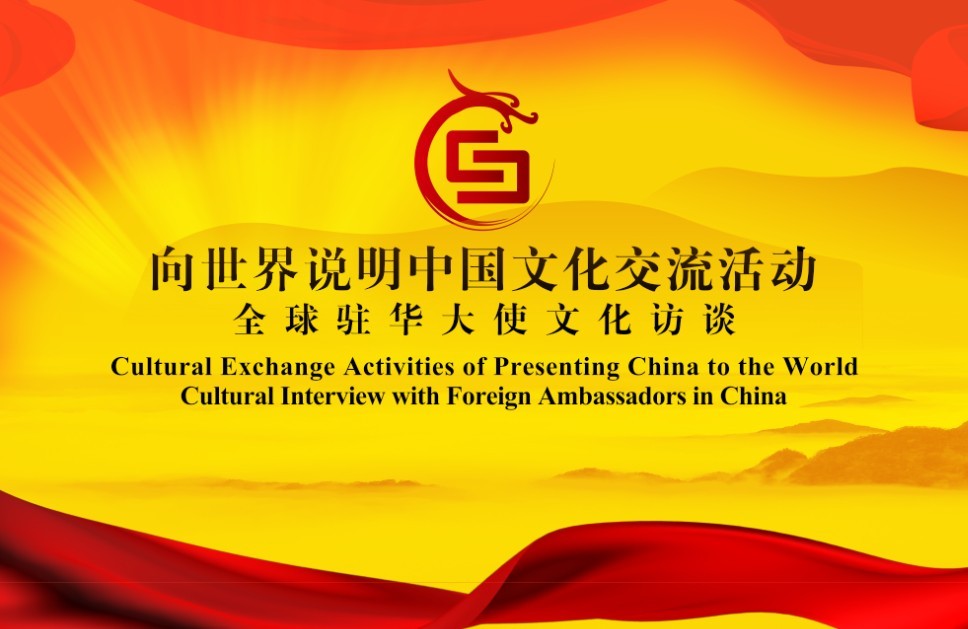On the evening of November 13th, the “Ritual Vessels and Musical Instruments of Ancient China-A Special Exhibition of Cultural Relics from Hubei Province” kicked off at the National Museum of India in New Delhi, capital city of India. During the exhibition, more than 100 artifacts from Hubei Provincial Museum were on display.
The cultural relics exhibited include bronze ritual vessels in Shang (1600-1046 BC) and Zhou (1046-256 BC) dynasties, jade articles in late Neolithic period (5,000 years ago) and gold articles in early Ming dynasty (1668-1644 AB), among which the bronze ritual vessels unearthed form Yejiashan Cemetery of the Western Zhou Dynasty (c. 11th century-771 BC) made their first debut overseas. Moreover, the gold tubes unearthed from Prince Liangzhuang Tomb were also exhibited while they are regarded as having direct relations with Zhenghe’s voyages to the “Western Seas” (Southeast Asia and beyond).
At the scene, a special exhibition hall was set up and renovated by the National Museum of India, where Indian viewers were impressed with orderly and exquisite Chinese wares.
Sun Weidong, Chinese ambassador to China, said at the opening ceremony that it took more than one year to prepare for this exhibition. China and India, as two ancient civilizations, have maintained close exchanges in culture, education and trade by virtue of the silk road. It is hoped that both countries will deepen practical cooperation, promote cultural and people-to-people exchanges and enhance mutual understanding and trust.
Singh, director of the National Museum of India, said that the Chinese artifacts are welcomed to be exhibited in India as they not only help Indian audience have an access to broad and profound traditional Chinese culture, as well as science and technology at that time, but also vividly present the long history of cultural relations between China and India.
The exhibition will run through two months.
